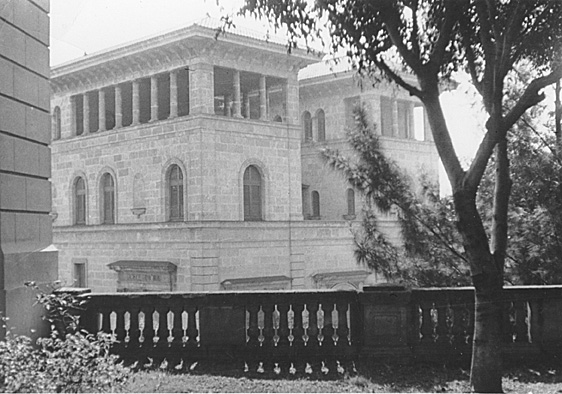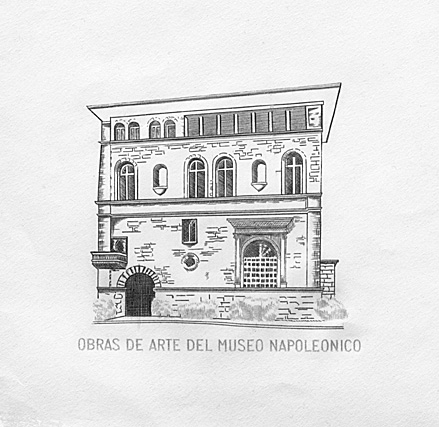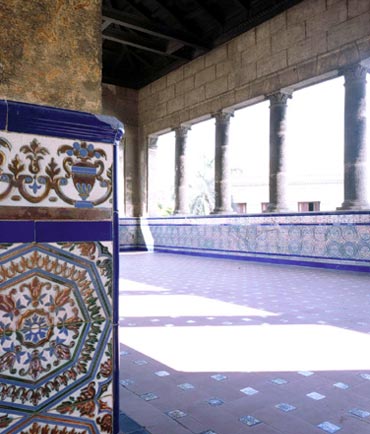 |
||||
Orestes Ferrara's Florentine Mansion
Havana, Cuba
Maria
Luisa and Orestes asked the Florentine architects to design a terrace
on the mansion’s north side so the ocean breeze would always
keep a pleasant temperature at all times. |
|
|
The library terrace has a spectacular view of Havana that goes from the Jose Marti Square all the way to the central Florentine garden of the mansion. Orestes used to practice fencing on the fourth floor terrace. He won more than a dozen duels thanks to his fencing and gun expertise. From the gardens and the terraces a diversity of tropical birds singing beautiful melodies from the flush tropical plants adorning the entire state can be heard at all times. Since 1961, two years after an implacable Communist Tyranny was imposed to the Cuban people, the Florentine mansion and its gardens that Orestes Ferrara built in the center of Havana, was turned into the Napoleonic Museum. The museum has one of the most complete collections
of objects, weapons, works of art and personal belongings that were
once
the property of Napoleon Bonaparte. The Napoleon collection was the property of Cuban industrialist Julio Lobo who acquired it, little by little, throughout the years. He paid for the entire collection eight million dollars. When the Communist Tyranny took power they stole Lobo and Ferrara's properties. The mansion is one of the few buildings surprisingly well preserved by the Communist Tyranny. See below the way Havana looks nowadays. The mansion was built in 1928 by world famous architects at the time, Govantes and Covarrubias. |
 |
|
 |
Orestes
used to practice fencing on the fourth floor terrace. He won more than
a dozen duels thanks to his fencing and gun expertise. |
|
Orestes
Ferrara named the mansion: "La Dolce
Dimora" |
|
The address: Calle San Miguel No.1 159 |

Havana, Cuba under the Communist Tyranny
The sign on the building says: "The Marvel"